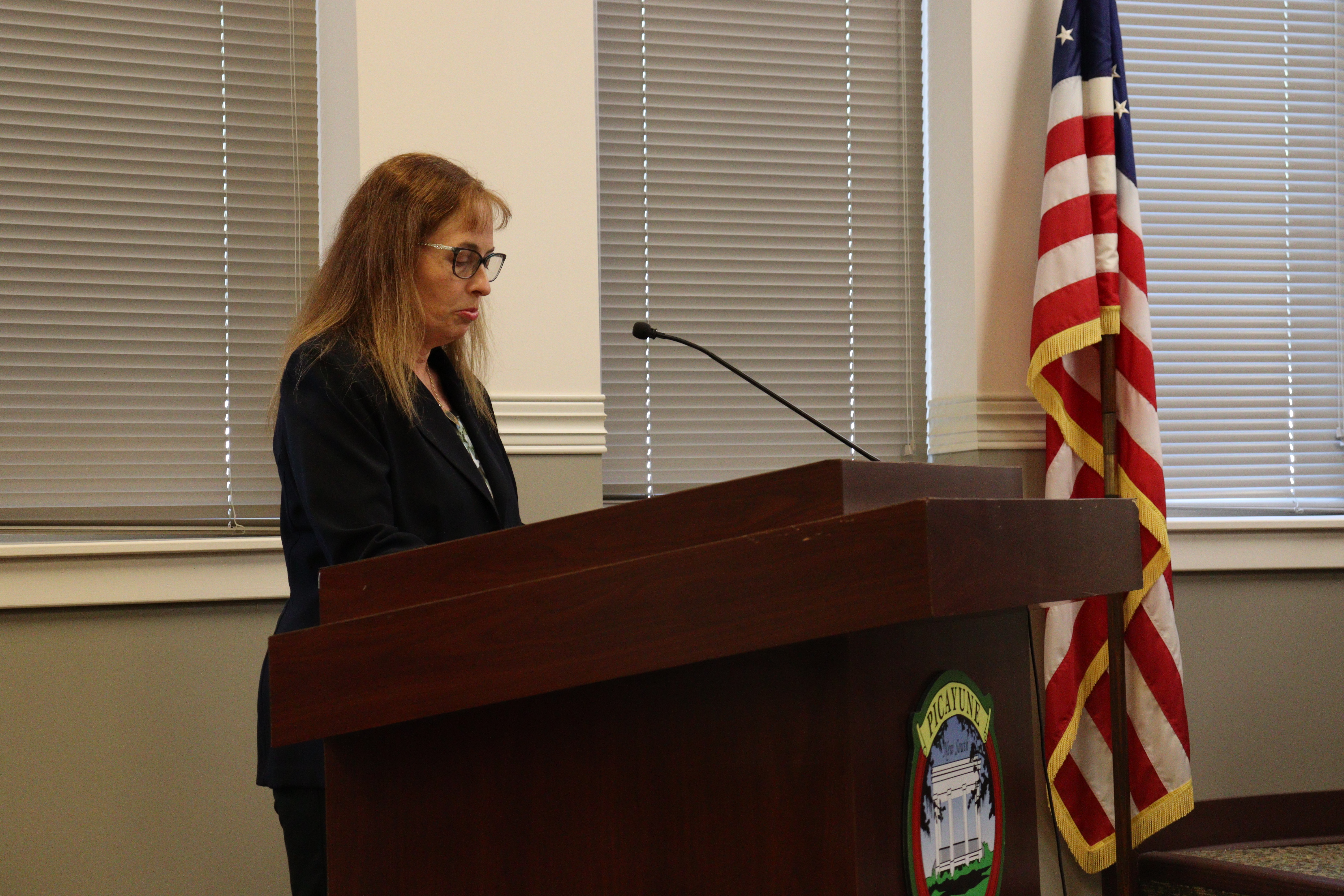Chinese catfish banned in 3 states over antibiotics use
Published 7:15 pm Thursday, May 17, 2007
Chinese catfish treated with a banned antibiotic have been shut out of three Southeastern states over food safety issues.
The U.S. catfish industry, which is threatened by China’s low prices, has praised the move, but it is viewed as political by importers.
(AP) —Alabama Agriculture Commissioner Ron Sparks last month issued the “stop-sale” order after tests conducted by the state found what he described as dangerous levels of a banned antibiotic — fluoroquinolones — in 14 out of 20 catfish imported from China.
Besides Alabama, Mississippi and Louisiana have also banned the sale of Chinese catfish. The agriculture officials said they followed FDA’s “zero-tolerance” policy on the antibiotics.
There are different regulations for each state, making it costly for importers who must pay for product analysis.
In 2005, Alabama, Mississippi and Louisiana also banned Vietnam basa catfish after officials detected antibiotics given to prevent disease in Vietnamese fish. That ban remains in effect.
Fluoroquinolones, a vital class of antibiotics, are used to treat severe and potentially life-threatening infections in humans. They have never been approved for use in aquaculture and any amount detected in fish tissue “adulterates” the fish, the FDA says.
Sparks was critical of Dr. Robert Cox, director of the Mississippi Poison Control Center, who recently was quoted saying he saw no problem with serving tainted Chinese catfish to his family and children.
Cox told The Clarion-Ledger in Jackson, Miss., last week that a person would have to eat 220,000 pounds of the fish to get a full adult dose of the antibiotic.
Cox reviewed the Mississippi test results and said the catfish showed traces of the antibiotics at a level of about one part per billion.
“When it comes to these antibiotics, it is not about how much it takes to eat before it induces an allergic reaction, but that the public is not aware that the products contain these antibiotics,” Sparks said in a statement Tuesday.
He said a person can have a reaction to a substance without knowing the source or treatment necessary.
Most U.S. farm-raised catfish are produced in the Southeastern states.
If a product is banned, it’s “red-tagged” at the warehouse until the importer has it tested, said Carlos Sanchez, a spokesman for Beaver Street Fisheries, a seafood importer in Jacksonville, Fla.
After Alabama issued its ban, Wal-Mart pulled Chinese catfish from one supplier from its shelves nationwide — a one-dollar, four-ounce frozen catfish filet.
Other states haven’t followed the lead of the catfish-producing states’ ban, however.
Sanchez views the catfish ban as a political issue in the Southeast, rather than one of food safety.
“Overseas companies are not paying for this. It’s American companies that have to pay to have product tested,” Sanchez said in a telephone interview.
Those costs, he said, drive up the final price of the fish. Sanchez said he supports domestic producers, but he also favors “a free market.”
At least 500,000 pounds of Chinese catfish had been imported into Alabama, judging from sampling in February, Sparks spokeswoman Christy Rhodes said Wednesday.
By comparison, Alabama’s catfish production last year was about 131 million pounds in food-size sales, worth about $99 million. The state has about 23,700 acres in catfish production, compared to about 90,000 acres in Mississippi.
The Chinese imports can be 70 cents on the dollar less than U.S. product, said Jamey Clary, director of the Catfish Marketing Association in Alabama, representing more than one-half of the producers.
In Florida, Sanchez said a price snapshot of the market changes with the amount of production, however.
Clary expects the import ban will have good results for U.S. producers.
“Sales have already picked up,” he said Wednesday. “Sales were down were down pretty drastically when the Chinese thing first hit.”
Clary said the FDA “needs to raise their level of inspection on foreign imports, not just from China.”
Meanwhile, in a letter to the FDA commissioner supporting Sparks, U.S. Rep. Artur Davis, D-Ala., said it’s “alarming that only 1.3 percent of imported fish, fruit, and vegetables are currently inspected.”
Davis said the FDA “needs to take the lead in maintaining a rigorous, flexible, and transparent food safety process.”
Although there is not an eminent human health risk at low levels, this antibiotic is detected and toxicities related to consumption of animal foods contaminated with antibiotic residues have not been demonstrated, the FDA says, there is a growing concern about the possible effects of prolonged, recurring exposure.
Low levels of antibiotic residues are not necessarily safe, the FDA says.
Widespread subtherapeutic and non-targeted therapeutic use in food animals would promote the evolution of fluoroquinolone-resistant pathogens and the transfer of these pathogens from animals to humans.
The FDA tests for four fluoroquinolones: ciprofloxacin, enrofloxacin, sarafloxacin and difloxacin at detection levels of 5 parts per billion, FDA spokesman Mike Herndon said in an e-mail message.





